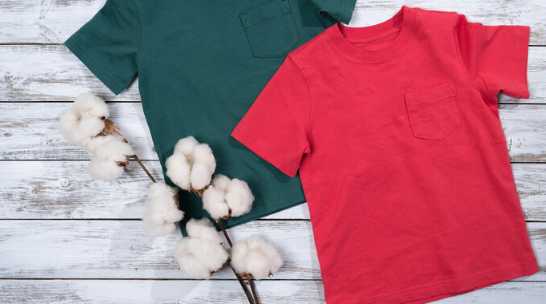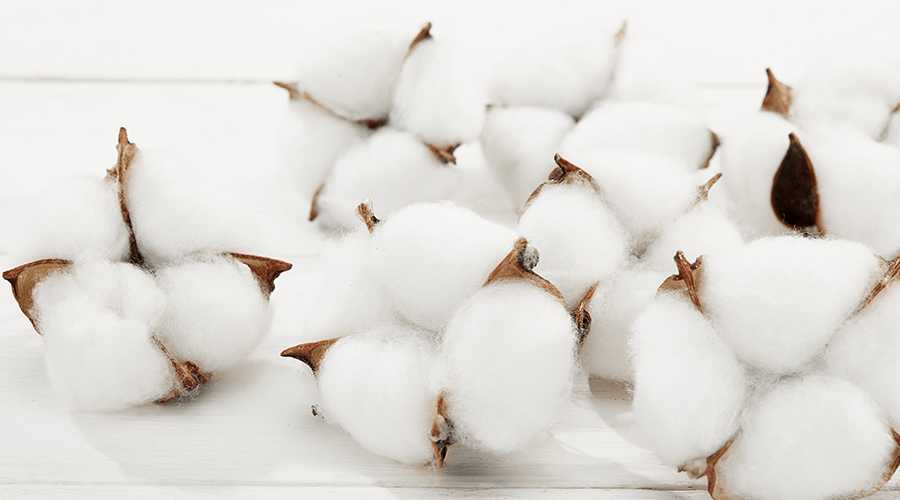International News: 2023 Future analysis of Chinese cotton and clothing market
The overall cotton output of Chinese cotton in 22/23 has increased less than the early expectations, and the expected output is about 6.1 million tons.
Affected by the preliminary epidemic, in December 2022, the processing progress of seed cotton in Xinjiang is slow, and the enthusiasm of the blooming factory is not high. It is estimated that the sales pressure of new cotton in the first quarter of 2023 is relatively prominent; due to the long backlog of a large amount of cotton inventory, the subsequent potential supply pressure is still existing.

After the downstream experience of this round, the gauze factory stock raw material side and the finished product side are the lowest in history. At present, the cotton spinning industry may be in a passive de -database period, and the downstream still has the power and demand for cotton in raw materials, waiting to enter the active replenishment stage.
From the perspective of the holiday time, 38.48%of the corporate holiday time in 2022 was within a week, and the proportion in 2023 decreased to 21.57%; the 65.63%corporate vacation time in 2022 was more than 7 days, and the proportion in 2023 fell to 41.18%. Generally speaking, due to the improvement of the market at the end of 2022, there are many orders in the hands of textile companies. Some textile companies have shortened the holiday plan, and the overall holiday time is lower than the same period last year. From the perspective of production and sales, compared with 2022, the proportion of enterprises with a production and sales rate of 71%-100%after the Spring Festival increases from 55%to 84.31%; enterprises with a production and sales rate of 51%-70%have decreased from 38%to 9.8%; Enterprises with a production and sales rate below 50%are basically the same. It can be seen that the confidence and expectations of companies in the post -holiday market in 2023 are higher than 2022.
Generally speaking, with the adjustment of the epidemic prevention and control policy and the improvement of orders, the average holiday time of textile companies has also shortened compared with last year.
Judging from the data of the total retail sales of textile clothing society and the sales of men's and women's clothing sales, the current textile and clothing terminal consumption is in the absolute bottom range. According to data from the National Bureau of Statistics, in December 2022, the total retail sales of social consumer goods were 4054.2 billion yuan, a decrease of 1.8%year -on -year. From January to December 2022, the total retail sales of social consumer goods was 439.73 billion yuan, a year-on-year decrease of 0.2%. In December, the retail sales of clothing, shoes, hats, needles, and textiles were 132.1 billion yuan, a year -on -year decrease of 12.50%, and an increase of 3.53%month -on -month. From January to December, the cumulative retail sales were 130.3 billion yuan, a year-on-year decrease of 6.50%. With the release of China and the gradual recovery of the economy, it is expected that there is a lot of room for rebound in the textile and apparel industry, and the demand for cotton raw materials will also gradually start.
From the perspective of booming performance, in December 2022, the Chinese cotton textile prosperity index was 49.94, an increase of 2.79 from November. It was the highest value of the year, and the industry's level of prosperity maintained a recovery trend.
In December 2022, the Chinese cotton textile industry purchasing manager index was 52.61%, an increase of 19.17 percentage points from the previous month. Following July 2021, it returned to the dry line again after seventeen months. The new order index has risen above the dry line, reflecting that as the epidemic control is lifted, the recovery of downstream demand is expected to drive a significant increase in procurement; the production volume and cotton inventory index also rise significantly, and the situation of enterprises is more common for the after -holiday stocking. Overall companies, especially inner orders, have increased significantly, raw materials have increased their willingness to make up libraries, and the rate of starting rate has risen steadily.

In the 4th quarter of 2022, the terminal consumption was in the bottom range. With the economic recovery in 2023, the room for rebound was large, and the consumer restoration direction was clear.
After the comprehensive release of China in December 2022, the number of domestic infections increased in a short time, which impacted consumption. Therefore, the number of domestic consumption restoration may need to wait for the number of infections to enter a relatively stable state. In addition, the epidemic has a large impact on the consumption power of residents, and the consumption expenditure has been greatly reduced. In 2022, the excess savings scale increased more; if there is no advancement of consumption stimulus policies, the overall restoration is limited. And the recovery of consumption confidence. Therefore, we judge that the consumer reimbing in the first quarter of 2023 is still to be confirmed, including whether the number of people in the real level of infection enters a stable state to stimulate consumer activities. It is expected that the consumption confidence is repaired at the level to release excess savings.
At the same time, from the seasonal perspective, domestic residents' consumption tendency (per capita consumption expenditure of residents in the country/per capita disposable income of residents in the country) usually takes the second and fourth quarters.
According to data from the General Administration of Customs, in December 2022, China's exported textiles and clothing were US $ 25.297 billion, a year -on -year decrease of 16.25%and an increase of 3.74%from the previous month. The US dollar decreased by 10.25%year -on -year, an increase of 8.95%from the previous month.
From January to December 2022, Chinese textiles and clothing exported a total of US $ 32.3345 billion, an increase of 2.64%year-on-year; of which textile exports were US $ 147.948 billion, a year-on-year increase of 2%, and clothing exports were 175.397 billion US dollars, a year-on-year increase of 3.2%.
2023-03-28 10:33
- Related News
The importance of battery internal resistance testing in the battery manufacturi
Application and structural principle of high and low temperature test chamber
Application of Small Coating Machine in Polyimide Slurry
Principles and selection methods of laboratory incubators
Evaluation of Moisture Absorption and Rapid Drying Performance of Textiles by Na
Liquid Moisture Management Tester
Paper ring compression strength tester standards
